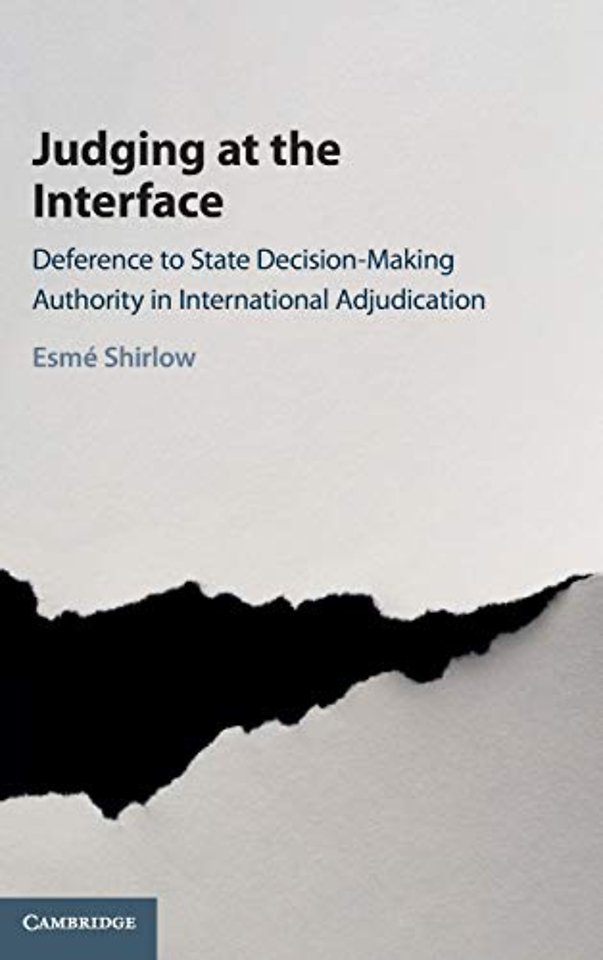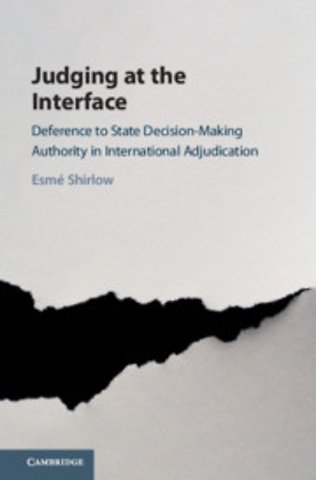Judging at the Interface
Deference to State Decision-Making Authority in International Adjudication
Samenvatting
This book explores how the Permanent Court of International Justice, the International Court of Justice, the European Court of Human Rights, and investment treaty tribunals have used deference to recognise the decision making authority of States. It analyses the approaches to deference taken by these four international courts and tribunals in 1,714 decisions produced between 1924 and 2019 concerning alleged State interferences with private property. The book identifies a large number of techniques capable of achieving deference to domestic decision-making in international adjudication. It groups these techniques to identify seven distinct 'modes' of deference reflecting differently structured relationships between international adjudicators and domestic decision-makers. These differing approaches to deference are shown to hold systemic significance. They reveal the shifting nature and structure of adjudication under international law and its relationship to domestic decision making authority.
Specificaties
Inhoudsopgave
Anderen die dit boek kochten, kochten ook
Net verschenen
Rubrieken
- aanbestedingsrecht
- aansprakelijkheids- en verzekeringsrecht
- accountancy
- algemeen juridisch
- arbeidsrecht
- bank- en effectenrecht
- bestuursrecht
- bouwrecht
- burgerlijk recht en procesrecht
- europees-internationaal recht
- fiscaal recht
- gezondheidsrecht
- insolventierecht
- intellectuele eigendom en ict-recht
- management
- mens en maatschappij
- milieu- en omgevingsrecht
- notarieel recht
- ondernemingsrecht
- pensioenrecht
- personen- en familierecht
- sociale zekerheidsrecht
- staatsrecht
- strafrecht en criminologie
- vastgoed- en huurrecht
- vreemdelingenrecht







